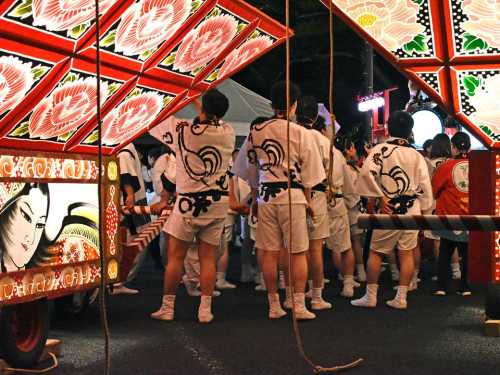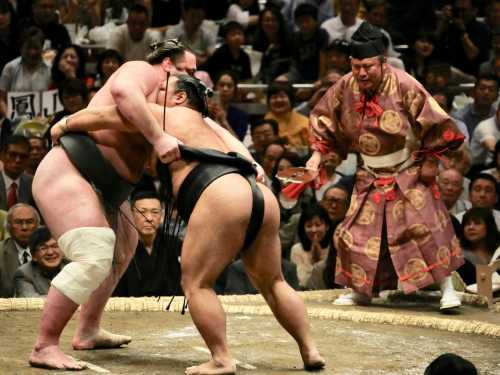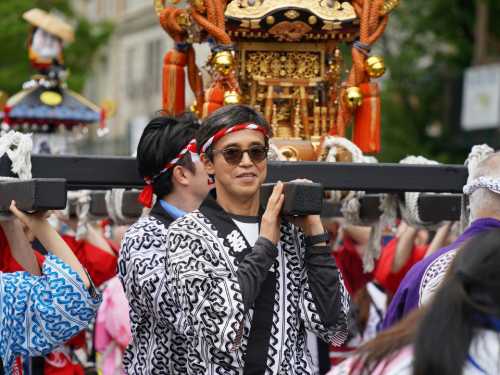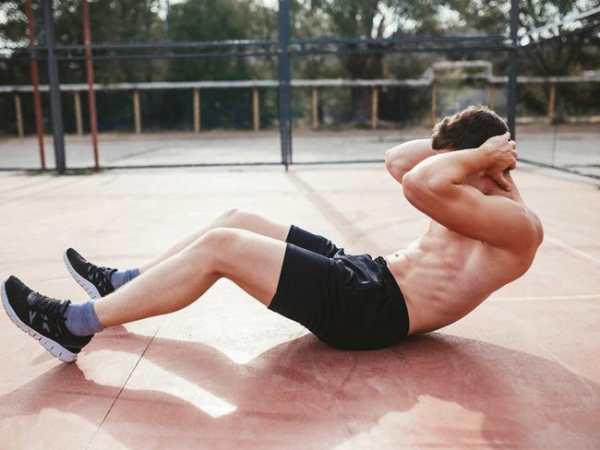
The Japanese have a strong reputation as an extremely hardworking people. There is a perception that they are ready to work tirelessly day and night, seeing this as their main purpose. Their traditional work ethic is based on the belief that if you work hard and conscientiously, you will have both money and respect. Money, as we know, opens up new opportunities for a person, and respect, especially from the older generation, is something that no Japanese can live without. The power of tradition is still a terrible force!
The problem of overwork, or “karoshi,” is so well-known that it has become part of the image of Japanese workaholism. And while the younger generation is increasingly striving for a balance between work and personal life, some, especially progressive companies, have begun to introduce various “buns” to combat employee burnout: nap rooms, more flexible schedules, bonuses, and everything in that vein.
However, even such measures do not always protect people from professional side effects – and we are not only talking about moral fatigue. Today I will tell you about the physical changes to the body that some Japanese people consciously undertake in order to achieve professional success in a specific field.

And let's start, perhaps, with sumo wrestlers. Agree, watching these funny chubby guys compete in who can push whom out of the circle faster, it's hard to imagine that once these athletes were completely ordinary boys, many of whom never had a tendency to be overweight.
The fact is that in Japan sumo wrestling is an extremely popular and profitable sport, and many young people are willing to sacrifice their physical appearance for the sake of achieving some success in this rather exotic field. As I said above, sumo wrestlers are not born, and trying your hand at this sport just because you have, say, a wide bone is quite foolish.
Sumo wrestlers owe their size to experienced mentors who, thanks to a special diet and lifestyle, can turn even skinny guys into real great athletes!
Future champions wake up early – at five in the morning, and almost immediately go to a grueling many-hour training, after which they sit down at the table for the first time. The main dish in the diet of wrestlers is chankonabe soup, which includes minced meat, seafood, noodles, mushrooms, vegetables and many other high-calorie ingredients. Sumo wrestlers are also shown to consume large quantities of rice and beer.
By the way, beer is highly regarded by sumo wrestlers, and of course, it is not limited to one glass. Once there was a rumor that even the legendary master Konishiki could drink 120 bottles of beer and 10 glasses of whiskey in one sitting. However, Konishiki himself denied this rumor, stating that he does not drink whiskey at all, but he can drink much more beer!
After such a high-calorie meal, sumo wrestlers go to bed, as in the evening they will have another grueling workout and a hearty dinner, which includes the already familiar chankonabe soup.
Every day, a sumo wrestler must consume at least 8,000 calories, and this series of training, eating, and sleeping continues for the entire period of time until he is ready to dedicate his life to this unusual sport.
By the way, sumo wrestlers have one very interesting tradition: right before a competition, they give up animal meat and eat exclusively chicken. The instructors explain this by saying that a sumo wrestler, like a bird, must stand firmly on two legs, not four.
And, of course, when one fine day an athlete realizes that he can no longer continue his career as a sumo wrestler, he quits, taking with him a whole set of diseases that accompany such a lifestyle: diabetes, hypertension, liver and joint problems. But even these diseases are not a sentence.
Leaving sumo, many former athletes change their diet, go on a low-calorie diet and lose 50 or more kilograms in a few years! And what does this mean? They become completely ordinary, indistinguishable from the general mass of people.

Or here is another example – the carriers of Mikoshi. Mikoshi is a divine palanquin that can be seen on the streets of Japan during various holidays and festivals. According to traditional beliefs, which are followed by most Japanese, the transfer of Shinto spirits in a palanquin was considered an act of purification, so in difficult times of various natural disasters, wars and diseases, this tradition was considered especially relevant. But even now it has not disappeared anywhere, and mikoshi is an important participant in most folk festivities.
At first glance, this palanquin does not seem that heavy, but this impression is false. The weight of the Mikoshi is quite impressive, and can reach several hundred kilograms. By the way, the heaviest Mikoshi carried during the Torikoe festival is the Senkan Mikoshi, its weight exceeded 4,000 kilograms!
So, you can guess that only a friendly team of strong men can lift it, let alone carry it through the streets of the city for several hours. The mikoshi can be fixed on two or six supporting beams, and the number of carriers actually depends on this.
When lifting the mikoshi, the main emphasis of the bearer is not on the hands, as it might seem at first glance, but on the shoulders and back, which is why the bearers feel the most pain and fatigue. Some of them make the task a little easier for themselves and use special pads and cushions, but this is a short-term measure, and after a few hours the shoulders of the bearer of the mikoshi hurt so much that it is difficult to imagine.
One can, of course, assume that if such work is regular, the bearers get used to the discomfort. And yes, and no. First, it is difficult to get used to constant pain for many hours, you must admit. And, secondly, over time, the so-called work calluses form on the shoulders and back of the Mikoshi bearers, which in Japan are called “mikoshi dako.”
These are huge and, let's be honest, rather unattractive formations on the body, inherent only to true katsugite – Mikoshi carriers. I will even say that such a bodily deformation is considered a matter of pride and honor in katsugite circles, so many carriers strive to acquire such “badges of distinction” and do not specifically use any pads or seek to make their lives easier.
And why? After all, “mikoshi dako” speaks of strength, endurance, and adherence to traditions. And what else is needed for happiness?!
Джерело: ukr.media






